Six ways in which the Ukraine war might end
A year on from an invasion that Russia and some of Ukraine’s Western supporters thought would be over in days, the war’s end is still far out of sight. When it comes, what might it look like?
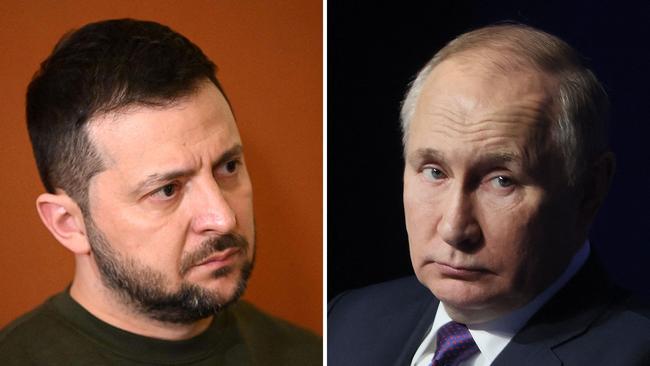
A year on from an invasion that Russia and some of Ukraine’s supporters in the West thought would be over in days, the combatants are poised for new offensives. Russia’s is assessed to have started, with attempts to push forward north and south of Bakhmut before more western-supplied armour, including tanks, reaches the battlefields. Ukraine is bracing for the possibility of Russia opening new fronts or attempting another assault on its two main cities, Kharkiv and Kyiv.
The war’s end is still far out of sight. But when it comes, what might it look like?
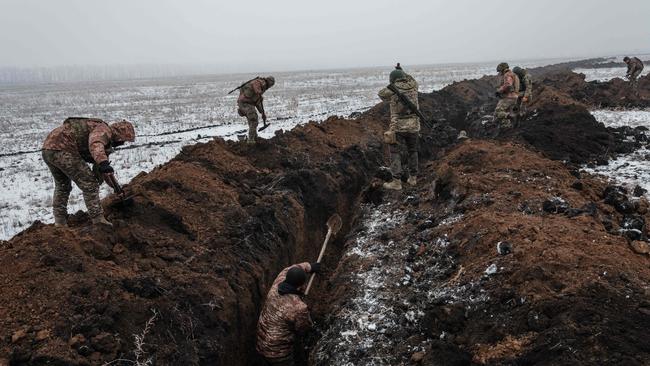
Peace deal
Having failed to conquer Ukraine, President Putin is widely believed to be staking his hopes on forcing Kyiv into an unfavourable peace. For Moscow, this must at least represent an advance on what it achieved with the annexation of Crimea and the de facto control of part of Donbas governed by Russian-backed separatists.
Bringing Ukraine to the negotiating table would be a herculean task. Russia has violated every territorial agreement it has made with Ukraine. In October President Zelensky signed a decree saying that no negotiations with Russia could take place as long as Putin was leader. He has told western backers there are no territorial concessions he would make, a position with almost 90 per cent backing from the Ukrainian people. Putin’s removal as president could go some way towards convincing Ukraine a viable peace deal could be struck.
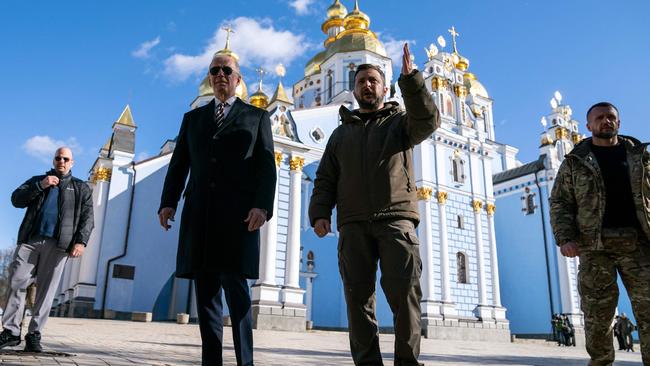
War of attrition
This month, Oleksiy Danilov, Zelensky’s national security adviser, told The Times that the war was entering its third stage, a war of attrition. Much of the fighting over the winter has fallen into that category. Russia is seeking to wear down Ukraine’s resources. It has come at a huge cost to Moscow – its losses are estimated at 200,000 dead or wounded and half of its tanks have been destroyed.
Still, its potential pool of fighters is vastly larger than Ukraine’s, as is its armoury. A war of resources would still appear to favour Russia, although with continued western support Ukraine could fight on for a long time. A war of attrition could go on for years at differing levels of intensity. In the absence of clear victory or a favourable peace deal, disputed borders and continued occupation would serve Russia’s goal of preventing Ukraine from formally joining the European Union or Nato. Ukraine might survive only as a de facto Nato member, kept afloat by regular injections of external support.
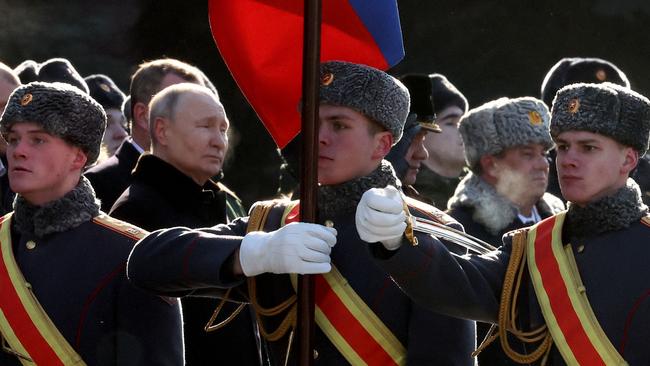
Ceasefire
A ceasefire could freeze the conflict without resolving any of the territorial issues that a peace deal would cover. It is likely only in the event of a lasting battlefield stalemate and would result in a frozen conflict that could heat up or cool down according to other factors. Russia might hope to use a ceasefire to rebuild its shattered forces and buy time in which Washington and other western capitals lose interest in the war.
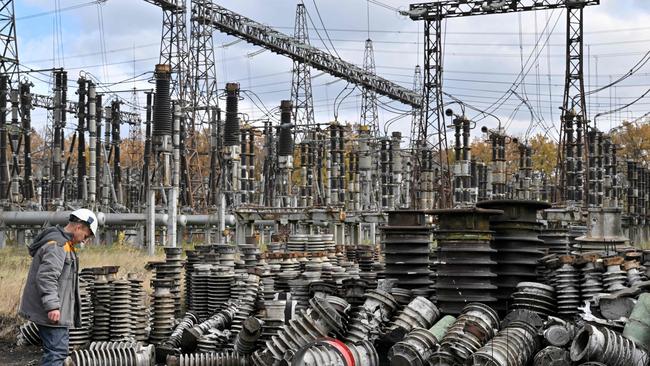
Russian retreat
Every piece of territory Ukraine has decisively recaptured has followed a mass Russian retreat. A wholesale retreat from Ukrainian territory is a less likely scenario and would inevitably depend on events within Russia. The vast majority of wars started on a miscalculation have ended only after political change inside the invading country. Kyiv still insists that victory must include the recovery of annexed Crimea. Most western backers believe the peninsula is lost for good.
Ukrainian collapse
Putin still craves full victory. That would achieve his original aim of reabsorbing Ukraine into some kind of imperial union. Yet not only Kyiv but western leaders too have vowed that Russia must not emerge victorious from its military adventure in Ukraine for fear of emboldening Moscow to go further and redrawing the geopolitical map. Stephen Kotkin, a historian, has argued that for Putin, victory might yet be merely the continued occupation and wreckage of Ukraine.
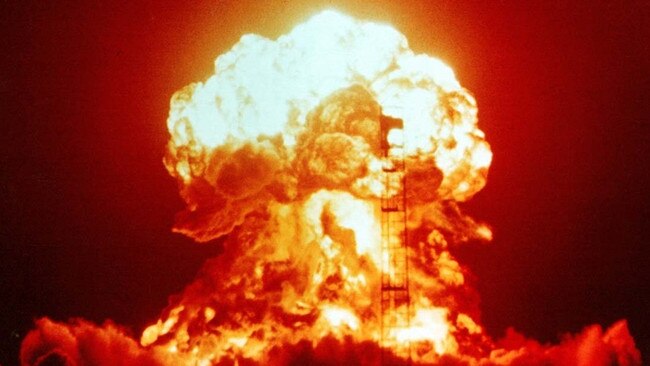
Nuclear war
Putin’s threats to the West over Ukraine have included nuclear ones. The threats are voiced nightly by commentators on Russian state television. Putin has yet to go as far as full military mobilisation, never mind the use of a nuclear weapon, a red line that could prompt Nato intervention. What the use of a tactical nuclear weapon on the battlefield would achieve is difficult to see. Using a nuclear weapon would also leave Putin with nowhere else to go: having pushed the button, the threat to do so is gone.
The Times

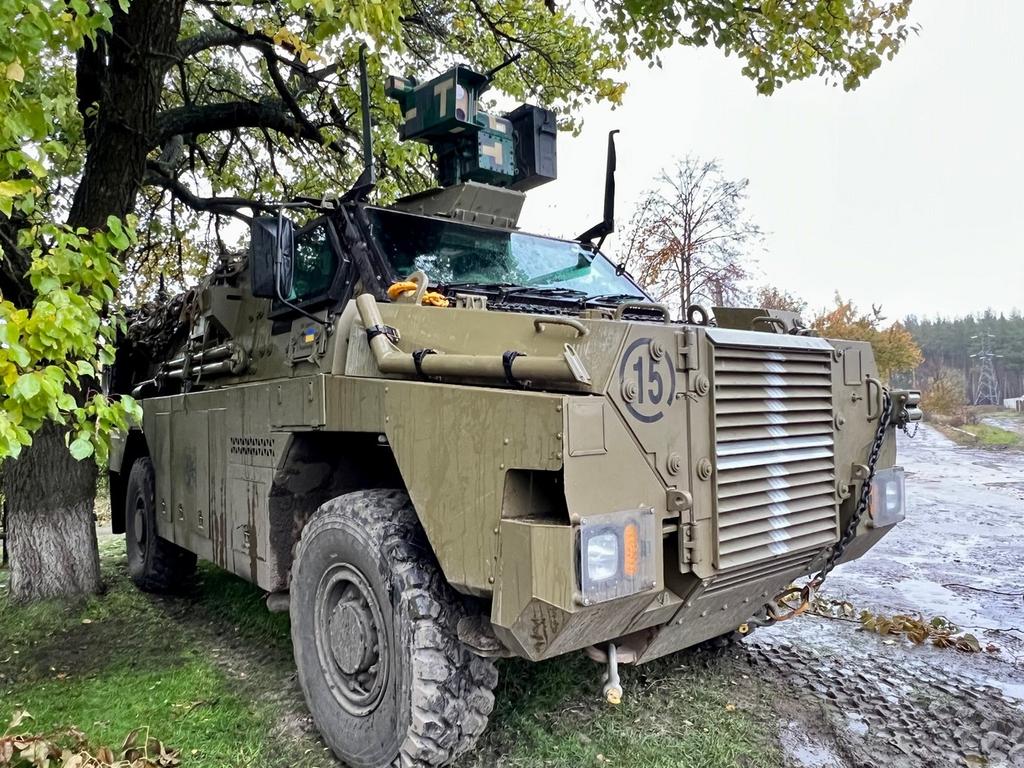

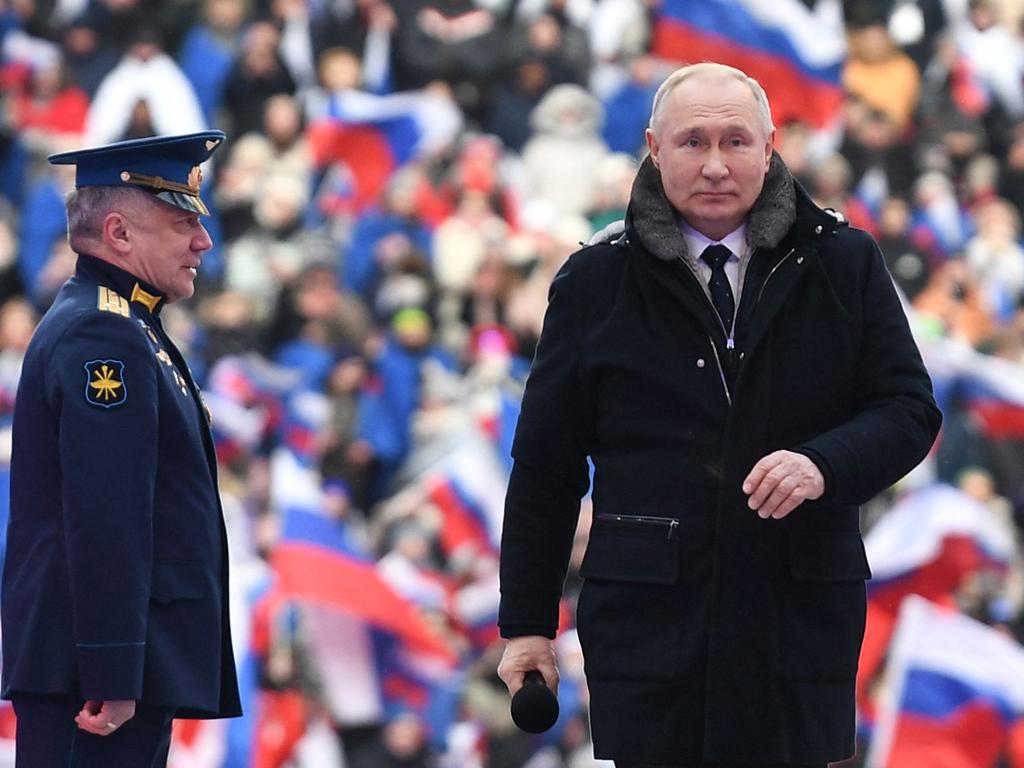

To join the conversation, please log in. Don't have an account? Register
Join the conversation, you are commenting as Logout